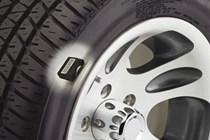Automotive technology never stands still, and that’s especially true in the field of safety. Every year more and more safety technology reaches the market, often starting life in expensive luxury cars before filtering down to everyday hatchbacks and saloons.
Which systems are worth your hard-earned cash when it’s time to fill out the options sheet?
Below we take a look at some of the top safety options out there at the moment and how useful they are in the real world.
Blind spot monitoring
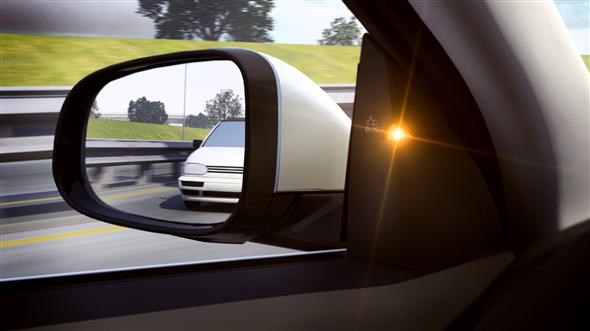
Especially useful for drivers who cover plenty of motorway miles, blind spot monitoring systems use sensors or cameras mounted on the side of the car keep track of surrounding vehicles. If another driver is hovering on your shoulder the system lets you know via a light, a noise or both, with the aim of preventing you pulling into their path inadvertently.
Volvo and Ford’s ‘BLIS’ (Blind Spot Information System), for example, illuminates a light next to the door mirror while Mercedes’ similar system illuminates a light within the mirror itself. We found the system especially useful in the Mercedes CLA, which features small mirrors and broad rear pillars.
Lane departure warning
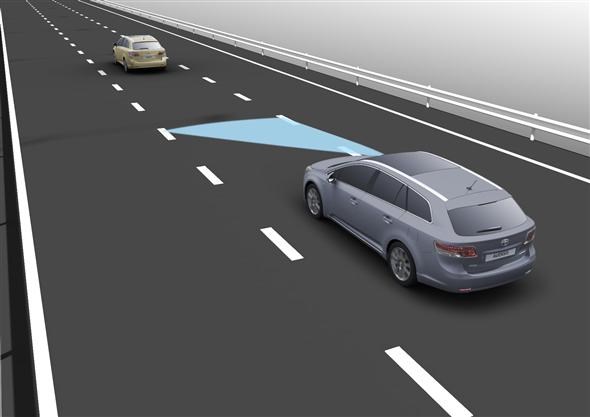
An increasing number of cars are available with lane departure warning systems, which are triggered by crossing a white line without indicating.
Some are, frankly, annoying; the Citroen C4 Picasso, vibrates the driver’s seatbelt uncomfortably if the car goes anywhere near a white line, and the Nissan Note makes a beeping noise uncannily like a 1980s alarm clock if you stray out of lane.
Other cars offer more subtle warnings, for example many Mercedes models briefly vibrate the steering wheel. While it’s a system that may have you reaching for the disable switch, especially when manoeuvring around parked cars, for example, it’s a potentially life-saving feature for heavily fatigued drivers on long journeys.
Lane-keeping assist
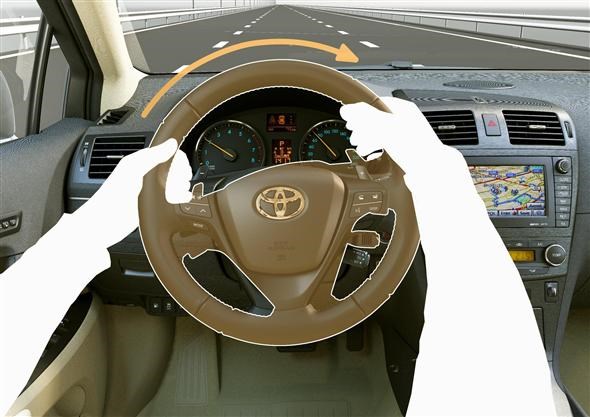
This takes the lane departure warning technology a step further by automatically making small steering adjustments to keep the car in its lane unless the driver is indicating. It doesn’t turn the wheels with enough force to override the driver’s inputs; it’s easy to overpower the system if necessary. Don’t think it’ll just let you fall asleep, either – most systems require the driver to have at least one hand on the wheel to remain operational.
Cars currently available with this technology include the Ford Focus and the SEAT Leon, although the new Mercedes S-Class takes it a step further by automatically changing lanes and steering around slower traffic – the age of the self-driving car is almost upon us.
Automatic high-beam assist
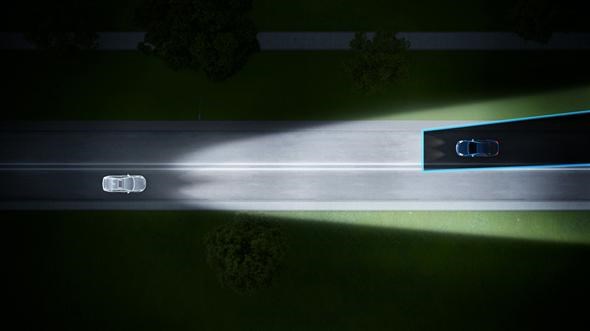
Early high-beam assistant systems, which automatically flick between high and low beam automatically to avoid dazzling other traffic, were a little hit-and-miss in operation – often it was quicker and safer to do the job yourself.
The latest generation of systems are far more efficient and some, such as Volvo’s latest-geneartion system (pictured) blank off only the part of the beam around the other traffic, leaving the rest of the road illuminated as much as possible – clever stuff.
Autonomous emergency braking
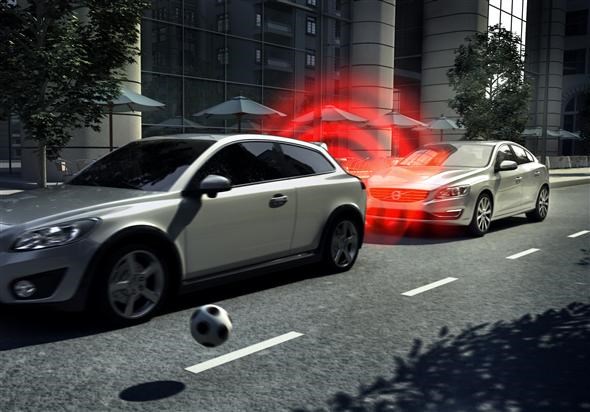
Potentially a life-saving option, many cars now feature the ability to perform an emergency stop independently of the driver if necessary.
The speed at which the system can work varies between makes and models. Volvo’s latest-generation City Safety system, for instance operates at speeds of up to 31mph.
Some systems use a type of radar technology, while others use cameras. Volvo’s camera system can also recognise and verify pedestrians as well as other vehicles.
Instead of, or as well as, autonomous emergency braking, some cars feature Forward Collision Warning systems, which give a visual and/or audible warning of an impending impact but leave it up to the driver to hit the brakes themselves.
Adaptive cruise control
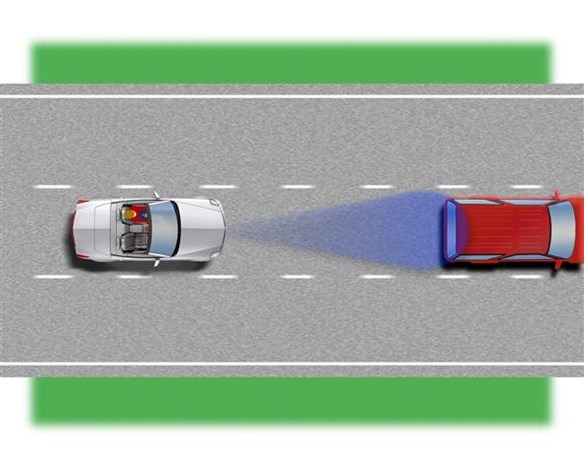
We’re all familiar with cruise control, where the vehicle maintains a speed set by the driver meaning they can take their foot from the accelerator. Certain manufacturers also offer a more advanced form of the system, which uses radar technology to maintain a set distance from the vehicle in front, applying the brakes if necessary.
Whether it’s a feature that boosts safety or a system that risks making the driver too relaxed to the point of losing concentration is debatable.
Head-up display (HUD)
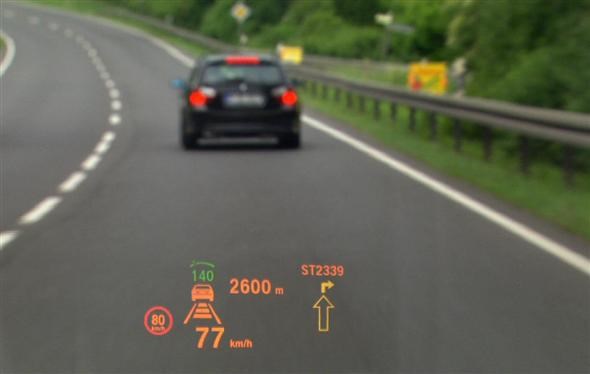
A technology originally developed for military aircraft, HUD systems project essential information, such as vehicle speed, warnings or even sat-nav directions either onto the windscreen itself or onto a thin strip of plastic or glass in front of the windscreen.
As well as being an attractive gadget, HUD systems allow the driver to keep their eyes on the road for longer without breaking their line of sight.
Some of the clearest and most impressive systems we’ve experienced include the BMW 5 Series and Audi RS6.
Driver alertness monitoring

If you’re driving tired and begin to lose concentration, certain cars are available with a system to warn you that you might be about to nod off.
Mercedes’ Attention Assist, for example, keeps track of your steering inputs and if they suggest you’re drifting off it will alert the driver via a buzzer noise and a coffee mug symbol on the instrument panel to suggest it might be time for a break.
Lexus takes the technology a step further by using infrared technology to scan the driver themselves and look for signs of drowsiness.





